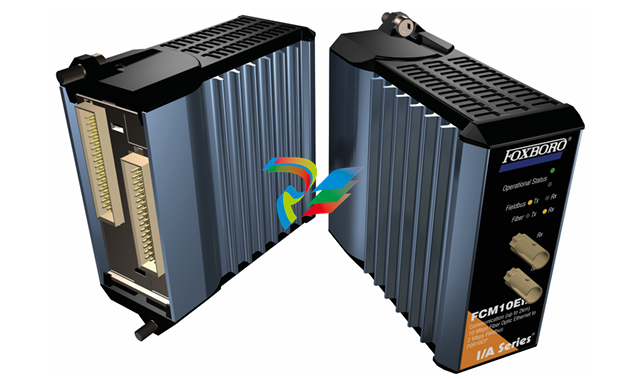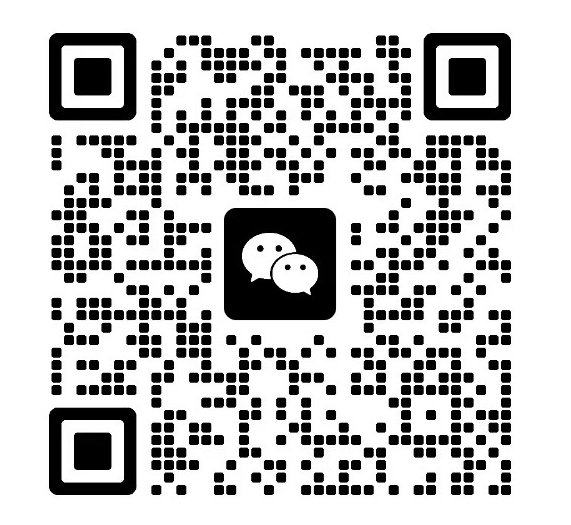
The Versatility of Signal Interface Instruments

Whether they are called “signal isolators,” “signal converters” or “signal interfaces,” these useful process instruments solve important ground loop and signal conversion challenges every day. Just as important, they are called on to do much more. They can be used to share, split, boost, protect, step down, linearize, and even digitize process signals. This article explains many of the important ways these signal interface instruments can be used, and what to look for when specifying them.
Signal isolation
The need for signal isolation began to flourish in the 1960s and continues today. Electronic transmitters were quickly replacing their pneumatic predecessors because of cost, installation, maintenance, and performance advantages. However, it was soon discovered that when 4-20 mA (or other dc) signal wires have paths to ground at both ends of the loop, problems are likely to occur.
The loop in question may be as simple as a differential pressure (DP) transmitter sending a 4-20 mA measurement to a receiver such as a proportional-integral-derivative (PID) Controller. But when the voltages at the two ground points are different, a circulating, closed current (I) path is formed by the copper wires used for the 4-20 mA signal and ground (Figure 1). When this happens, an additional and unpredictable amount of current is introduced into the loop, which distorts the true measurement. This current path, known as a ”ground loop,” is a common source of signal inaccuracies.
A ground loop forms when three conditions are present:
1. There are two grounds.
2. The grounds are at different potentials.
3. There is a galvanic path between the grounds.

To remove the ground loop, any one of these three conditions must be eliminated. The challenge is, the first and second conditions are not plausible candidates for elimination because the number of grounds cannot always be controlled, and it is often impossible to just “lift” a ground.
The ground may be required for the safe operation of an electronic device. It’s also possible that the ground exists because the instrument is in physical contact with the process, which, in turn, is in physical contact with the ground. From a practical standpoint, one cannot reach into the earth and regulate the voltage at these permanent ground points.

Using a signal isolator to “break” the galvanic path between the two grounds (Figure 2) can correct this situation. When the conductive path between the differential voltages is broken, a current cannot form. Even though there are two grounds and different voltages at each ground, there is no current flow. The ground loop has been eliminated.
Breaking the galvanic path
The duty of an isolator is to break the galvanic path between circuits that are tied or “grounded” to different potentials. A galvanic path is defined as a path in which there is a direct electrical connection between two or more electrical circuits that allow current to flow. Breaking this galvanic path can be accomplished by electromagnetic, optic, capacitive, inductive and even acoustic methods.
With most industrial measuring equipment, the two prevalent methods chosen for galvanic isolation are optical and transformer.
Optical isolation. Optical isolation uses light to transfer a signal between elements of a circuit. The opto-coupler or opto-isolator is usually self-contained in a small compact module that can be easily mounted on a circuit board.
An optical isolation circuit is comprised of two basic parts: a light source (usually an LED acting as the transmitter) and a photo-sensitive detector (usually a phototransistor) acting as the receiver. The output signal of the opto-coupler is proportional to the light intensity of the source. The insulating air gap between the LED and the phototransistor serves as the galvanic separation between the circuits, thus providing the desired isolation between two circuits at different potentials.
Optical isolation has better common-mode noise rejection, is usually seen in digital circuits, is not frequency sensitive, is smaller, and can sometimes provide higher levels of isolation than transformer isolation.
Transformer isolation. Transformer isolation, often referred to as electromagnetic isolation, uses a transformer to electromagnetically couple the desired signal across an air gap or non-conductive isolation gap. The electromagnetic field intensity is proportional to the input signal applied to the transformer. Transformers are very efficient and fast at transferring ac signals. Since many process control signals are dc, they must be electrically “chopped” into an ac signal so they can pass across the transformer. Once passed, they must be rectified and amplified back into the desired dc signal output.
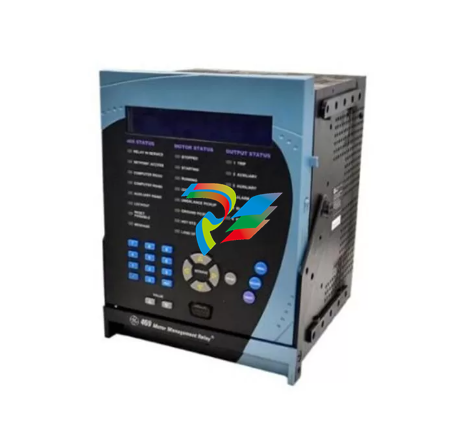


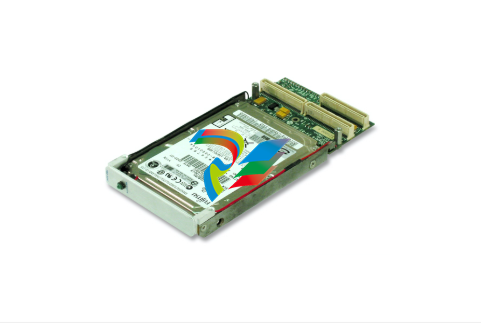
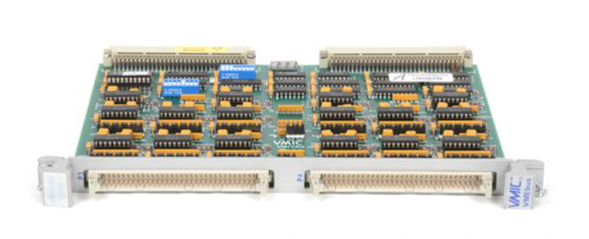

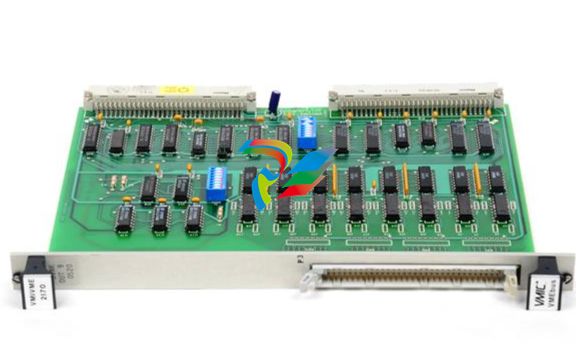
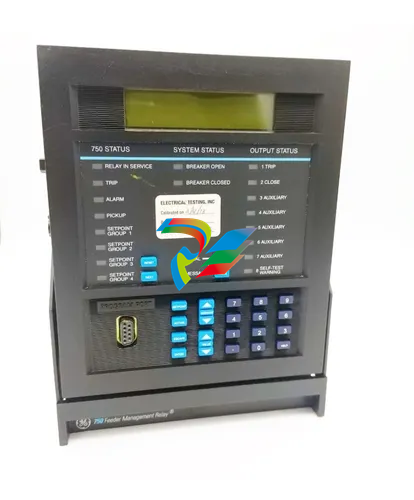
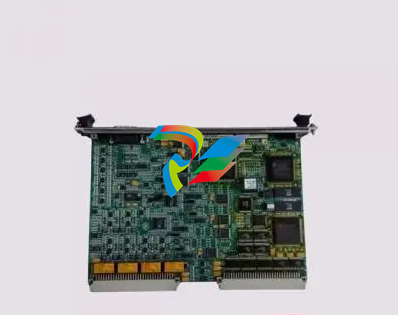
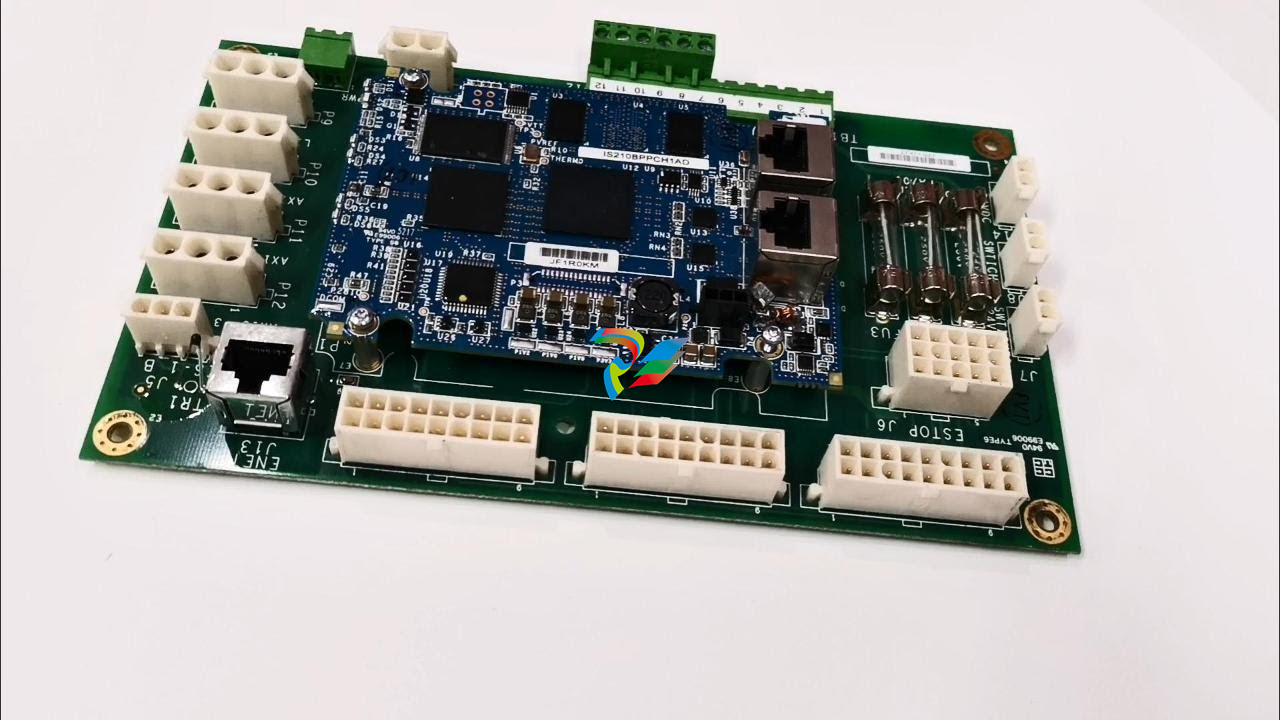

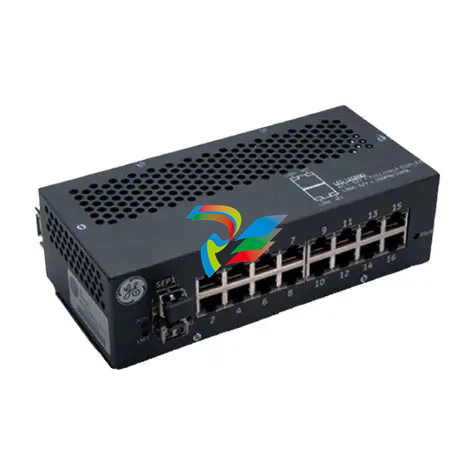
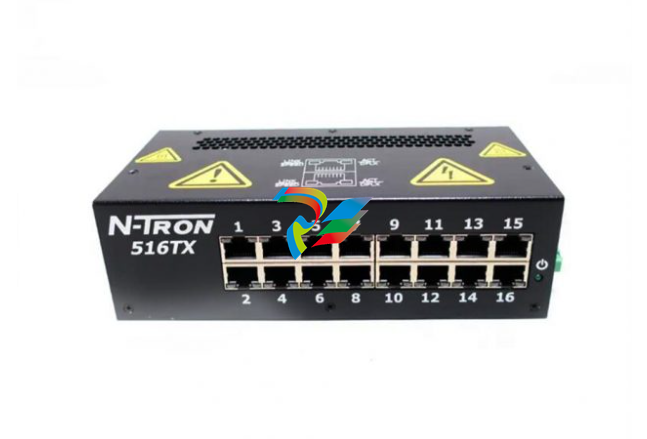

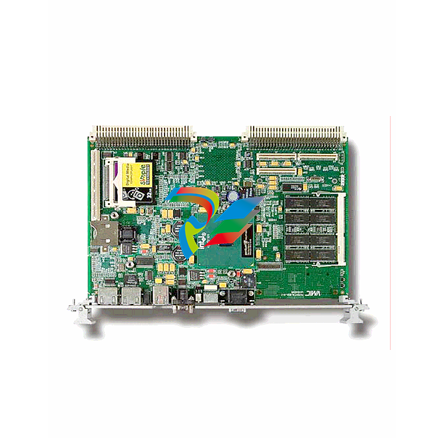



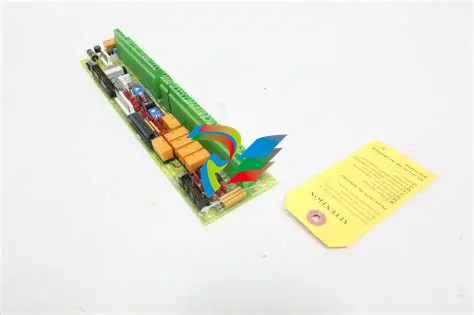
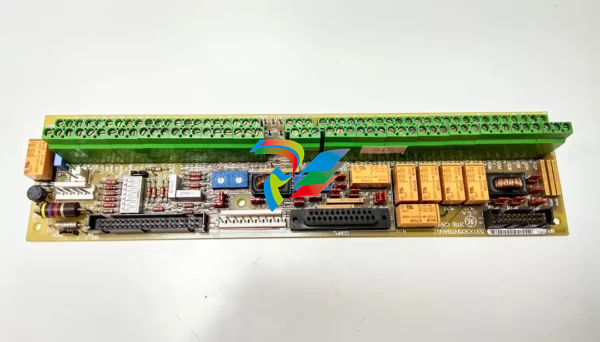
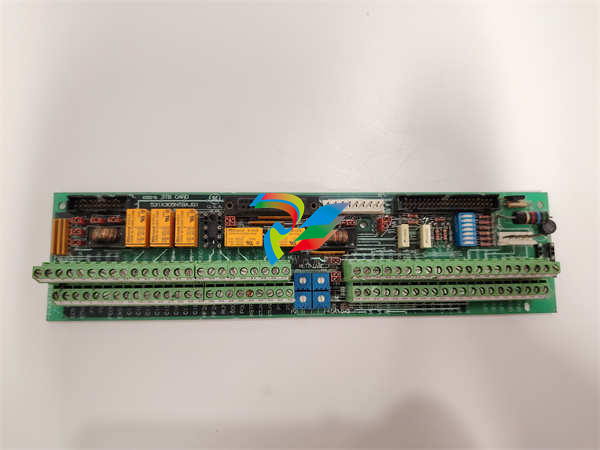

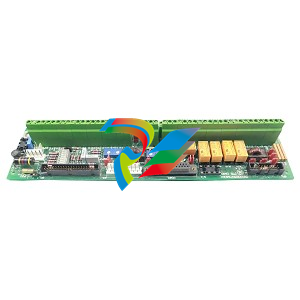
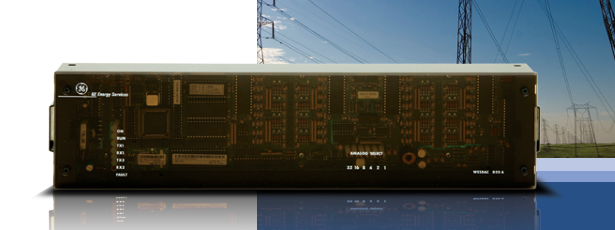

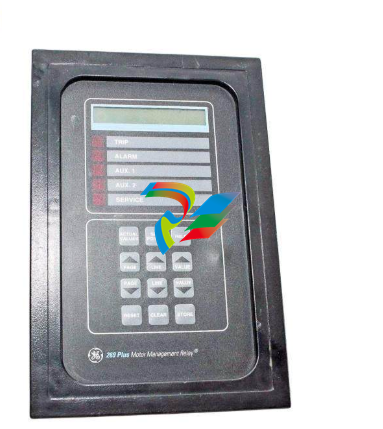
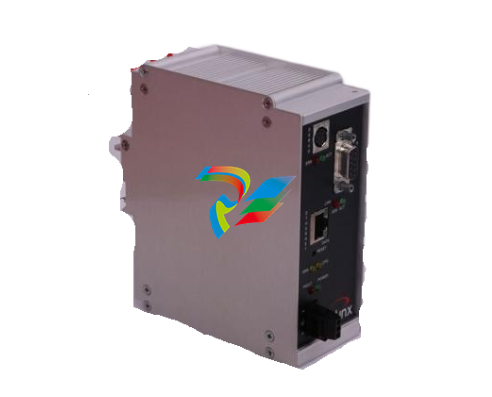

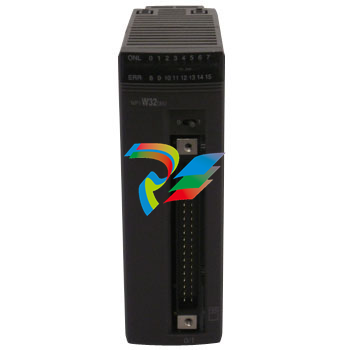
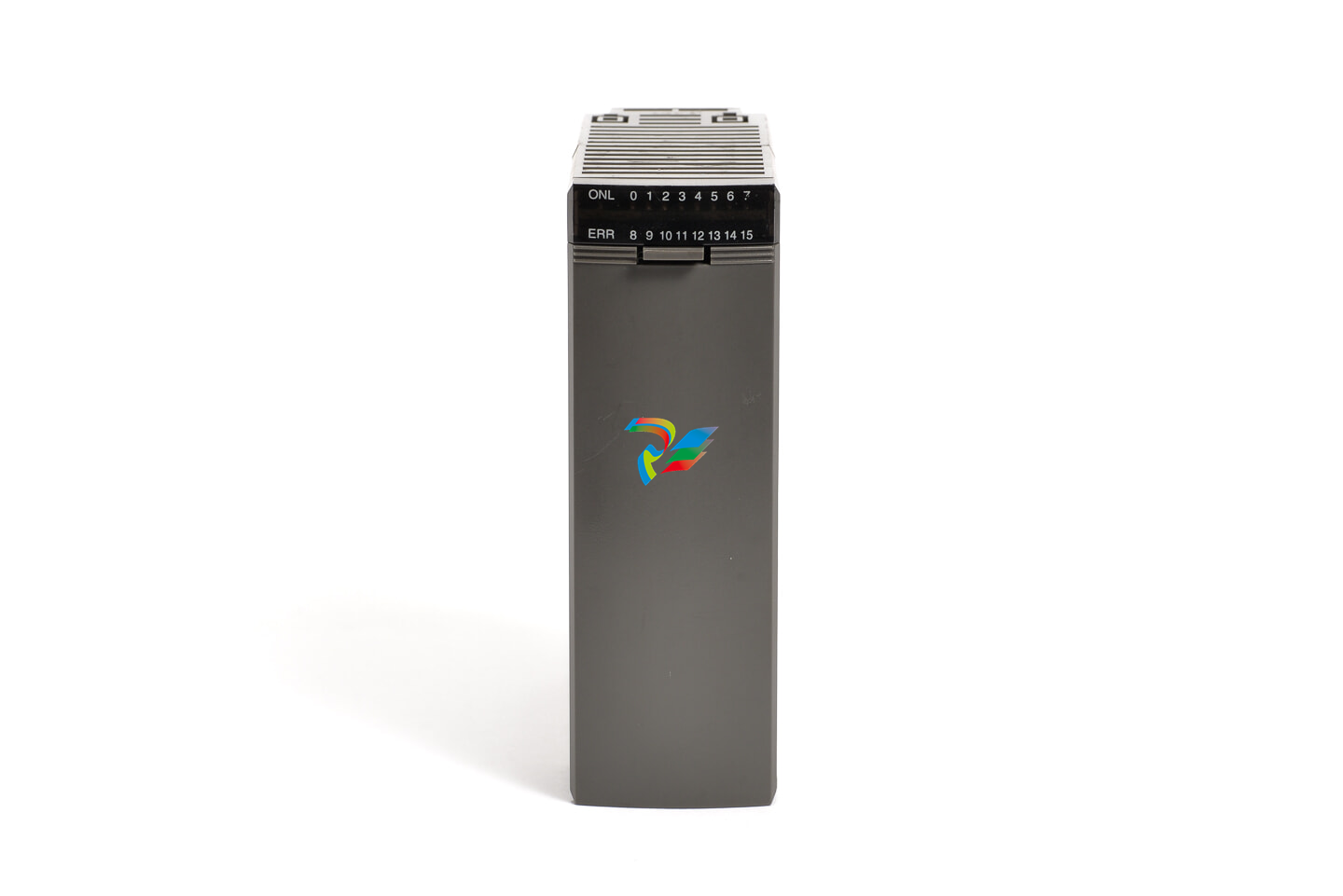
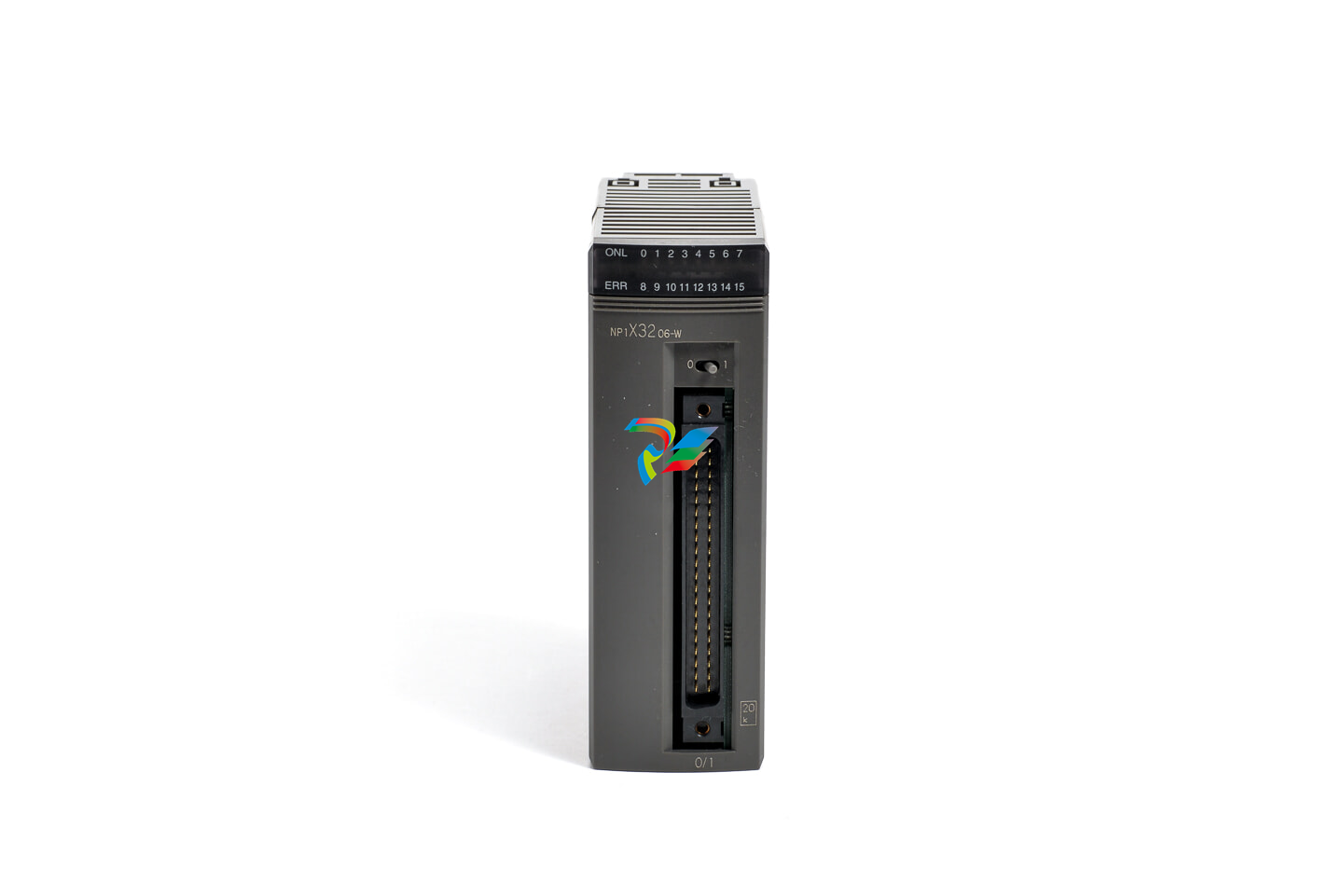

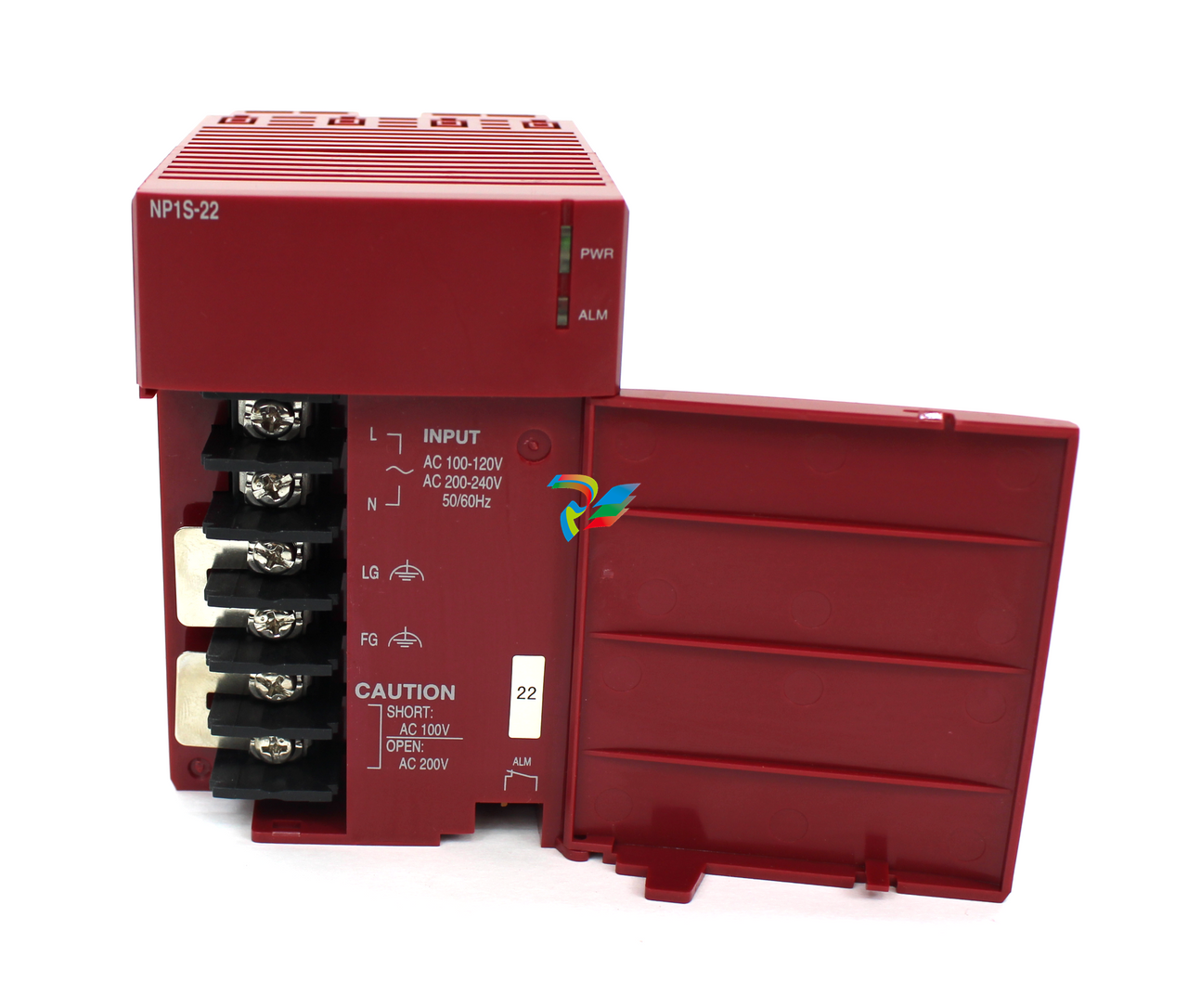
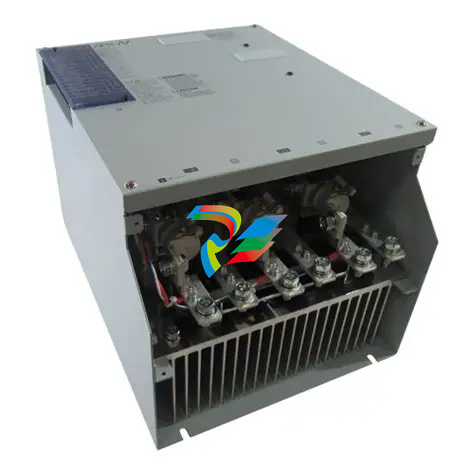
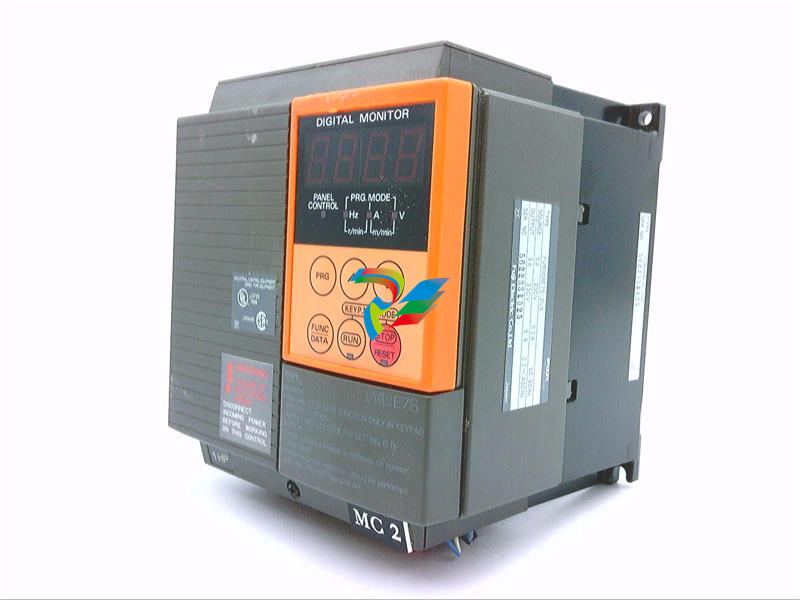
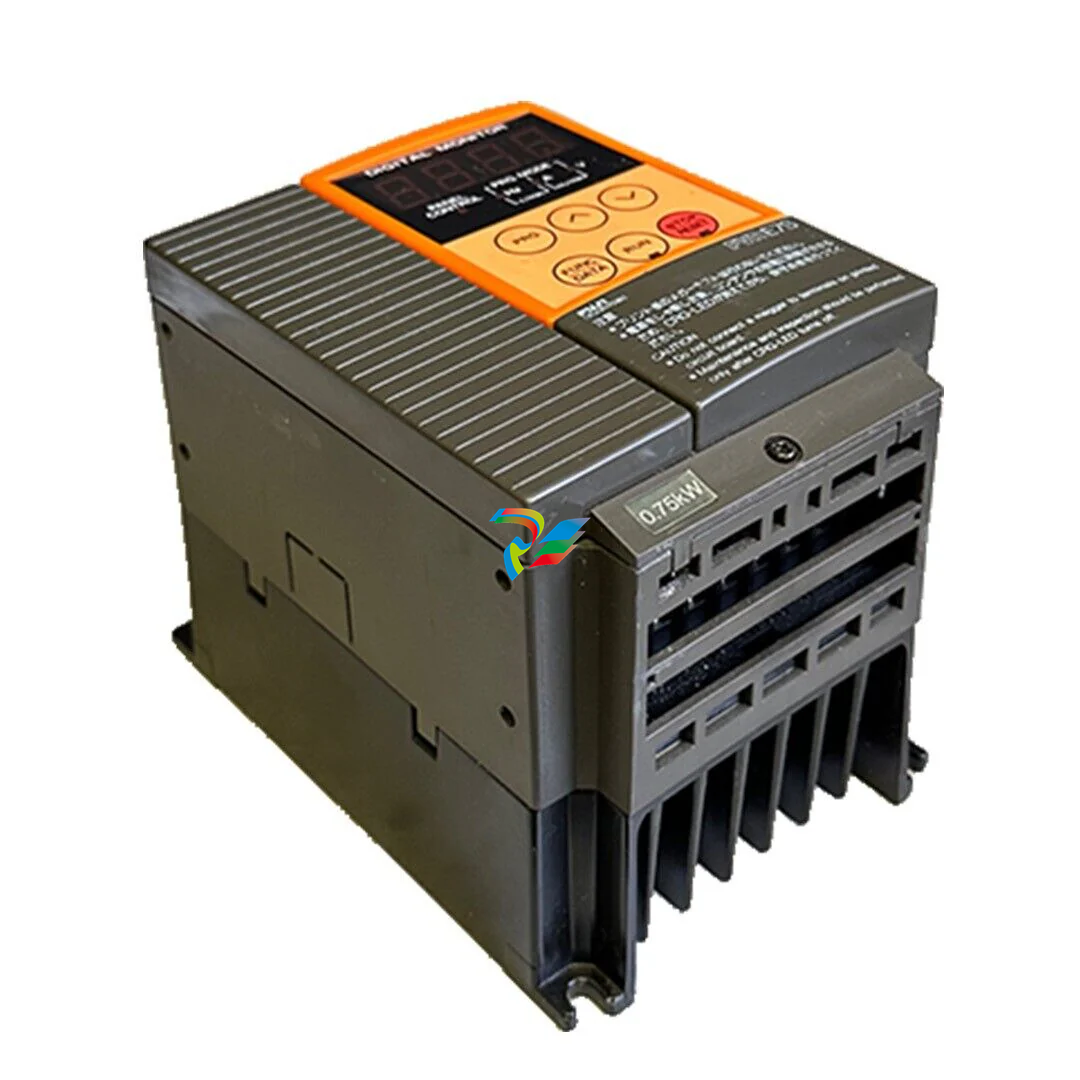
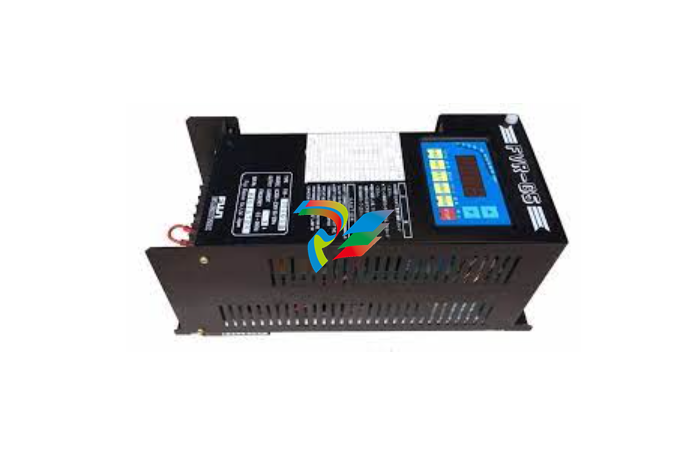
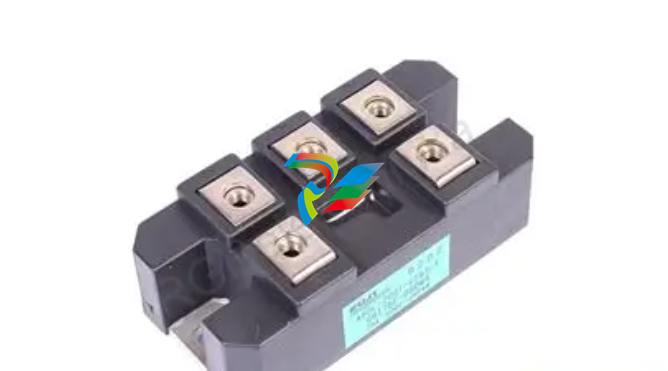

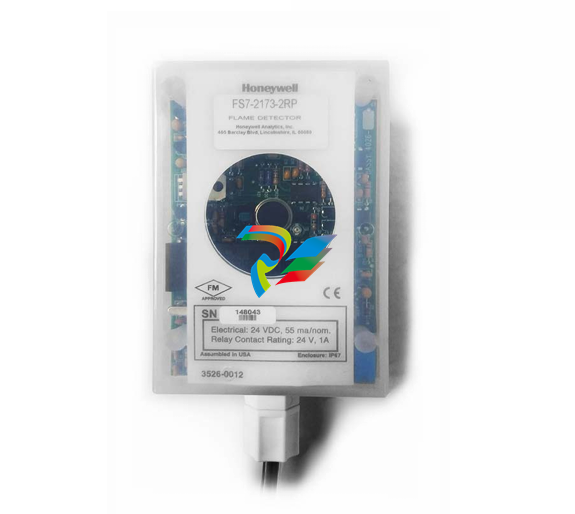

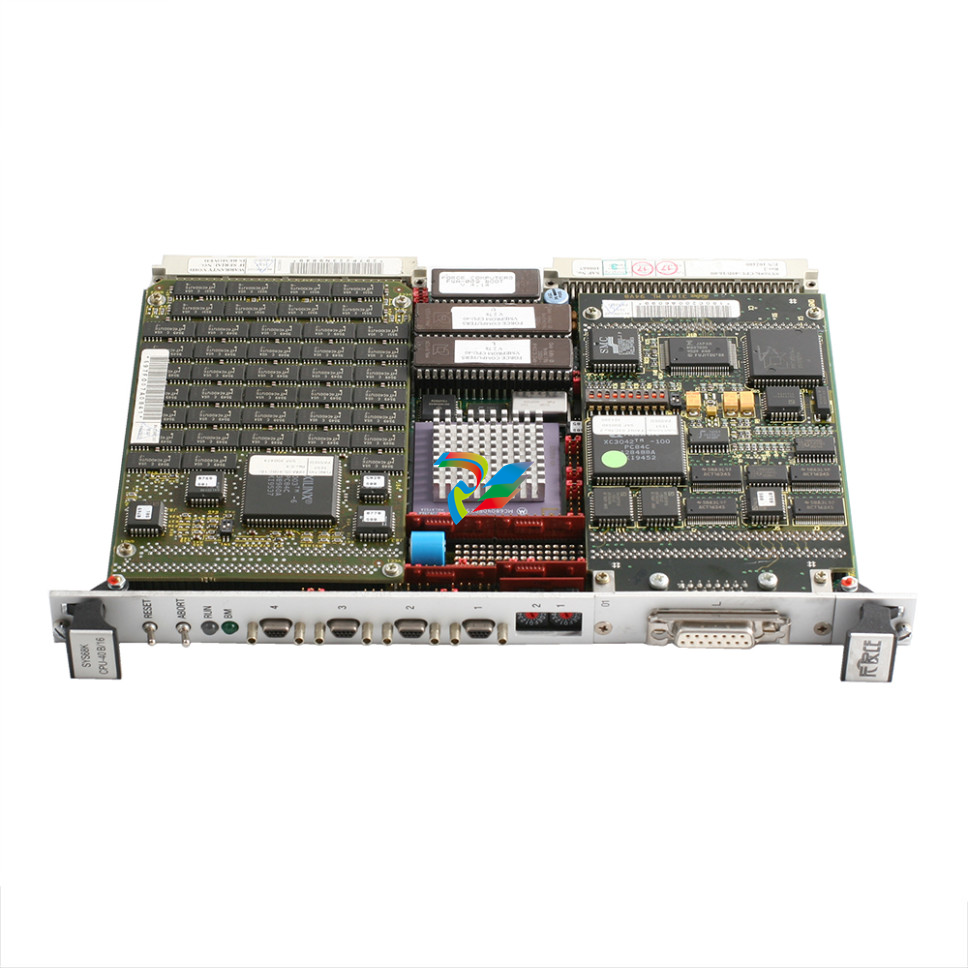
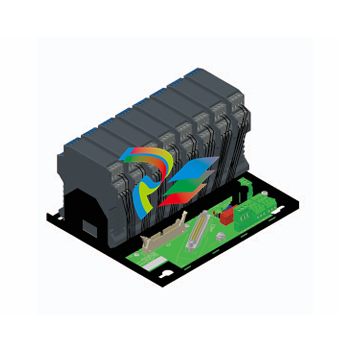


.jpg)
.jpg)
.jpg)
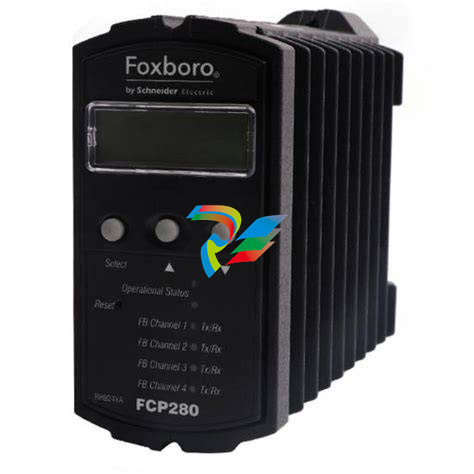
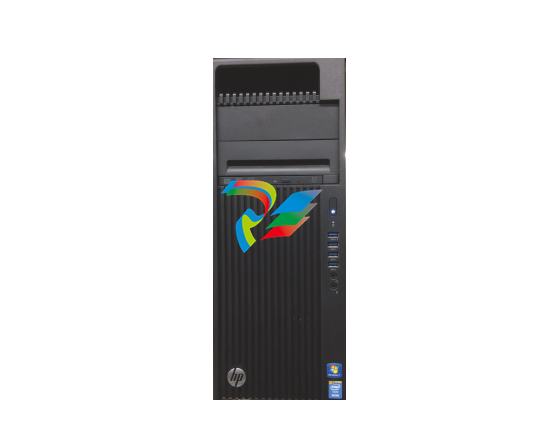

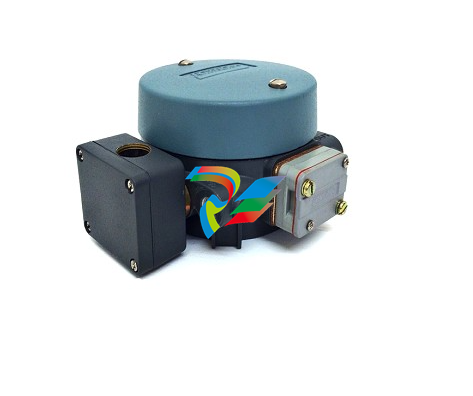

.jpg)
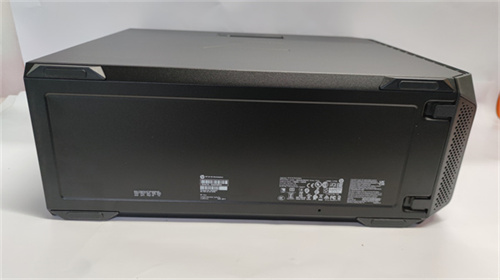
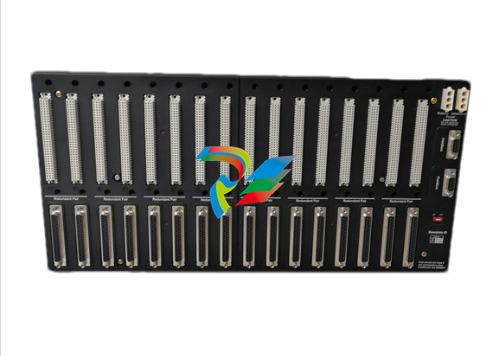
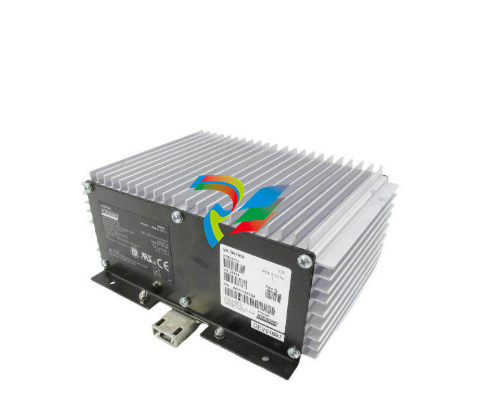
.png)
.jpg)

.jpg)
_lVjBYb.jpg)

.jpg)
.jpg)
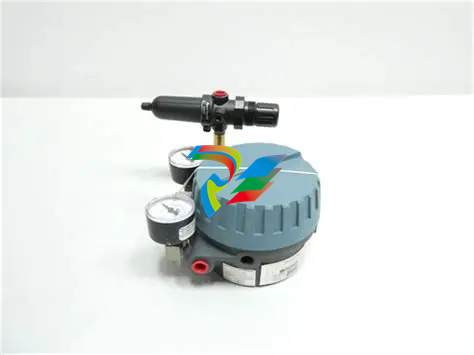
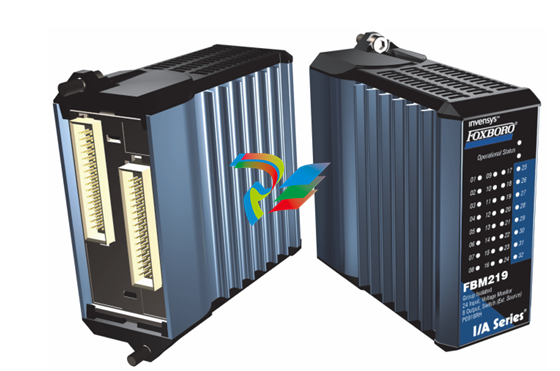

.jpg)
.jpg)
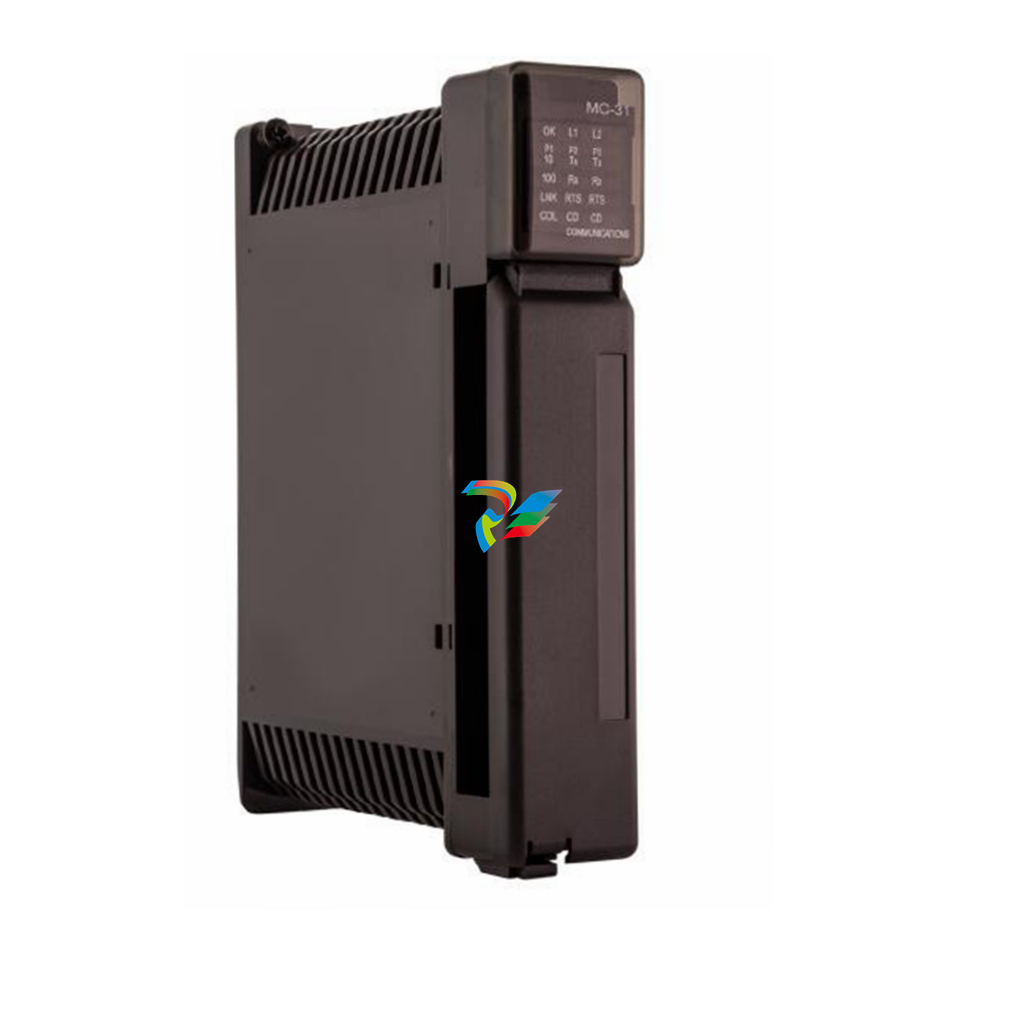
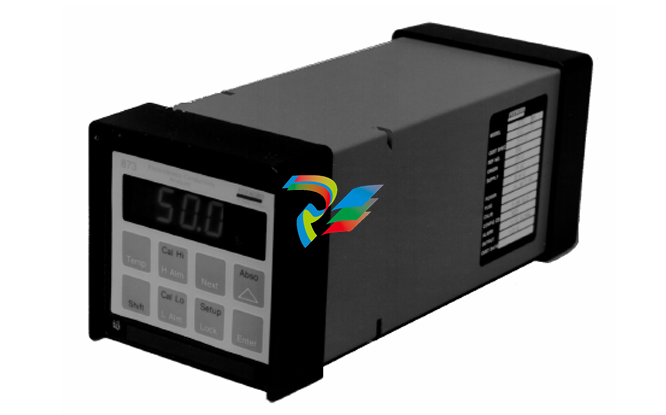
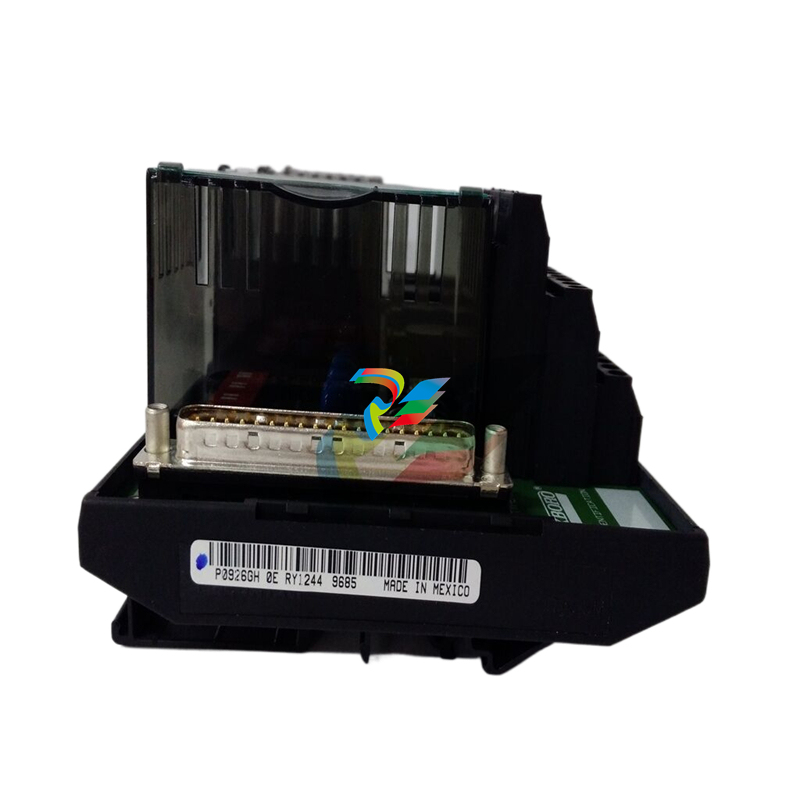
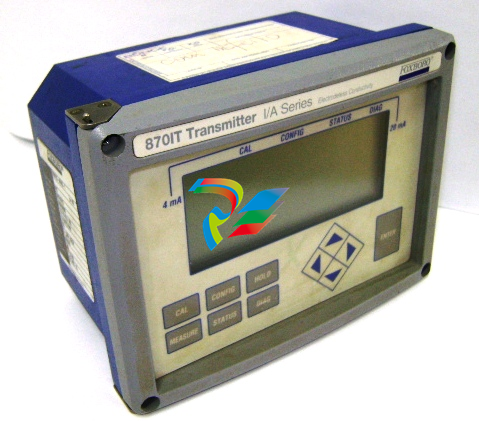
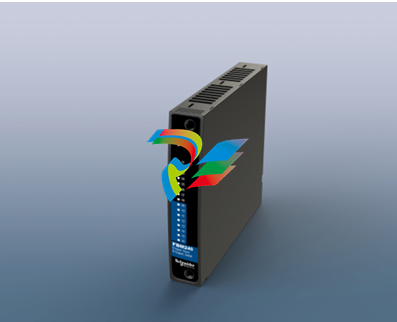

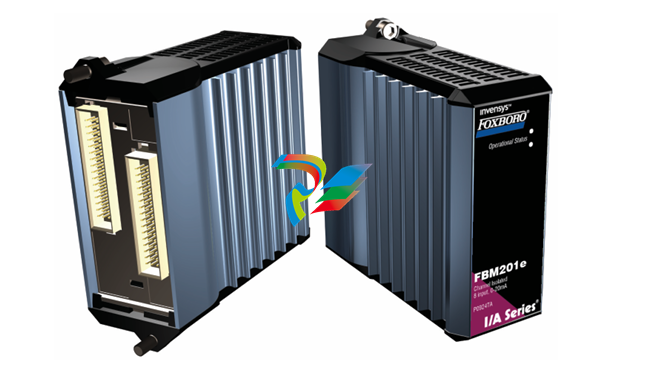
.jpg)
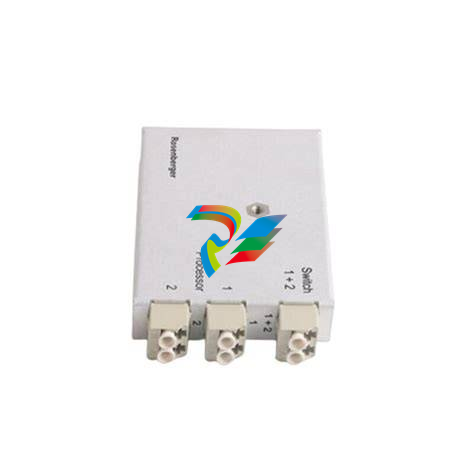
.jpg)
.jpg)
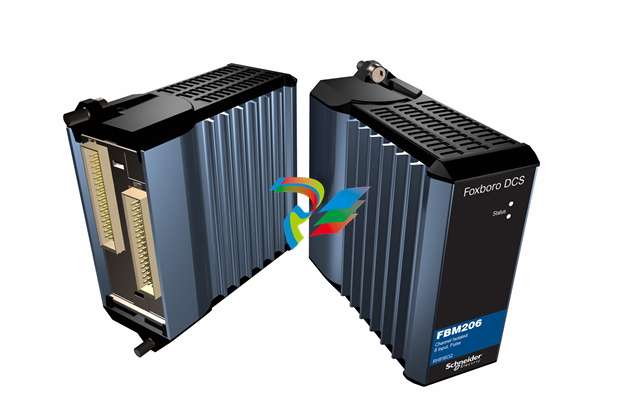
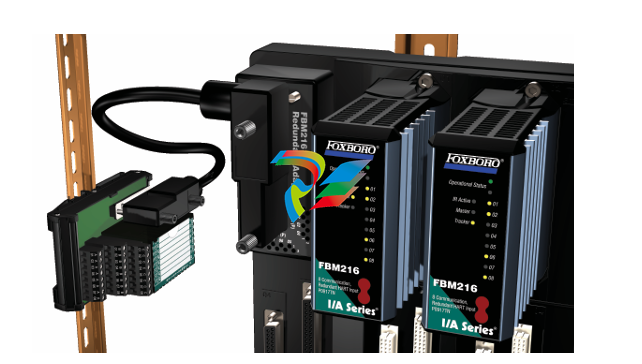

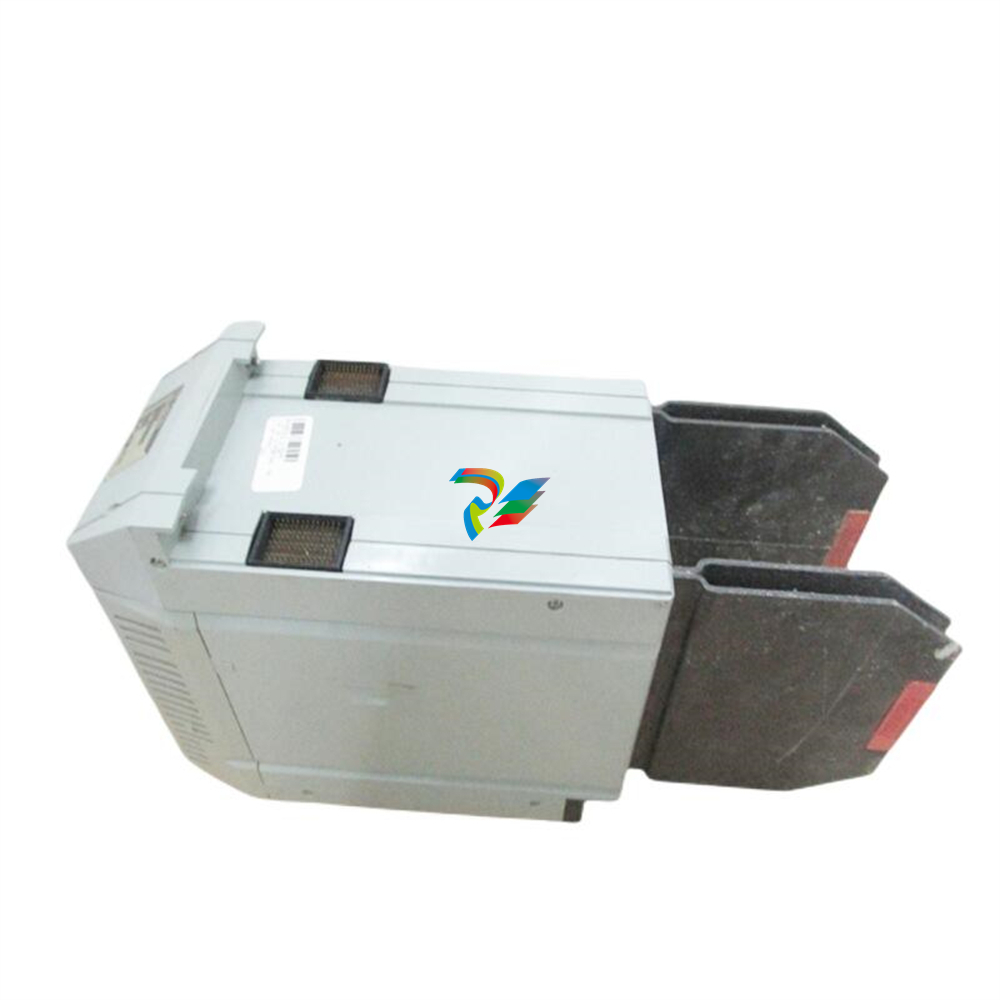

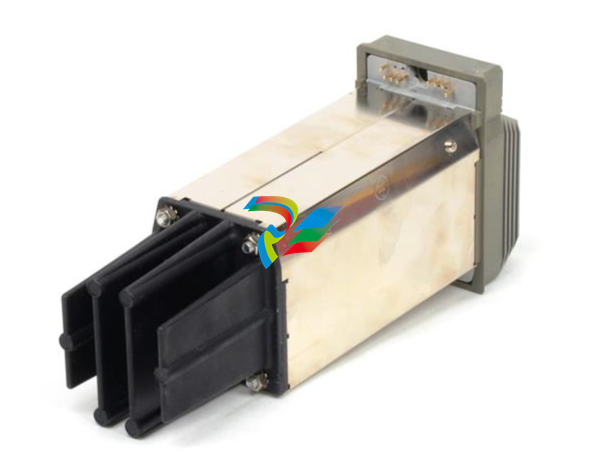
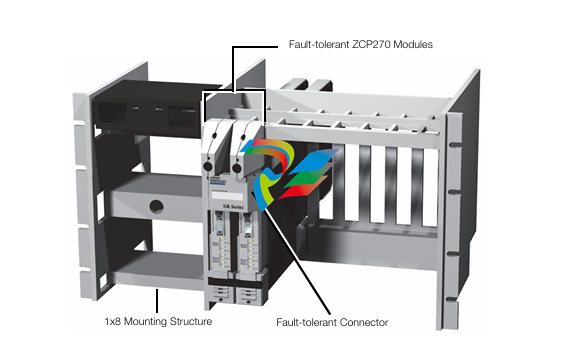

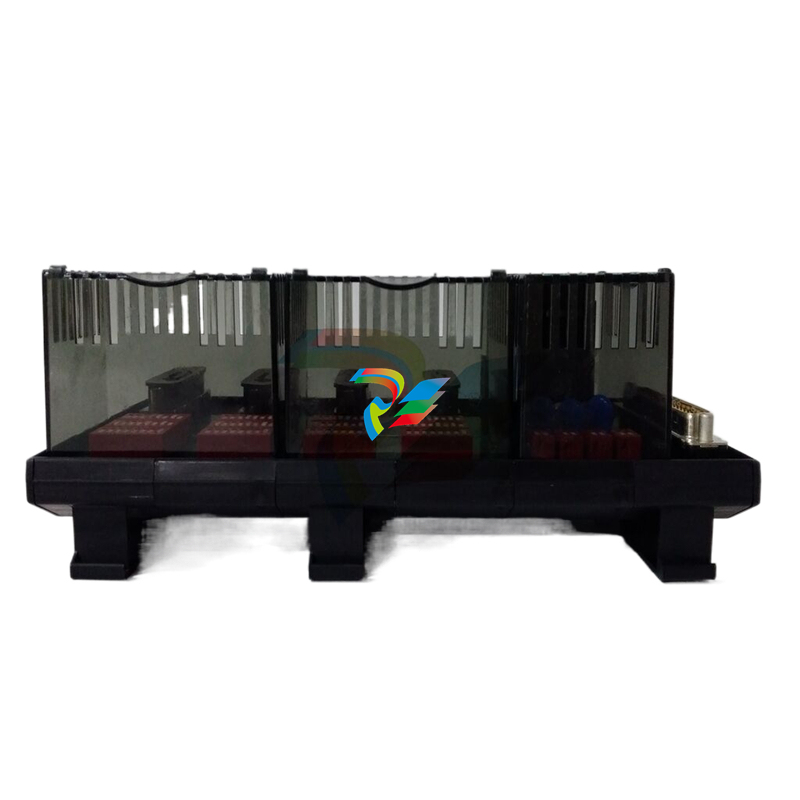

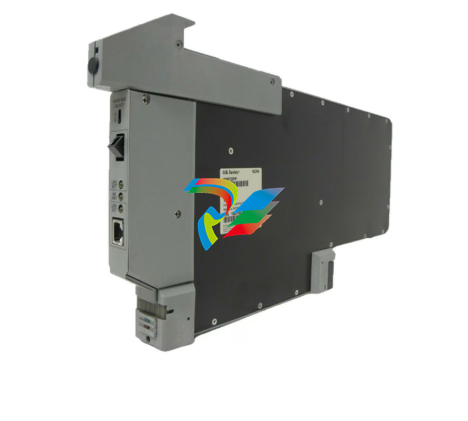
.jpg)
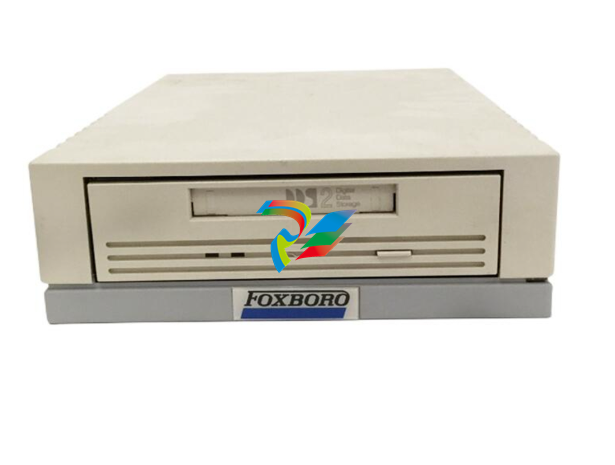
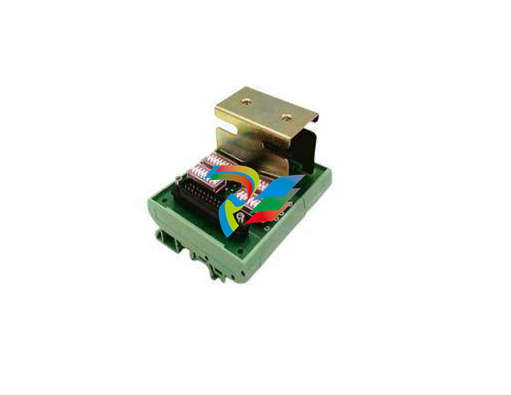
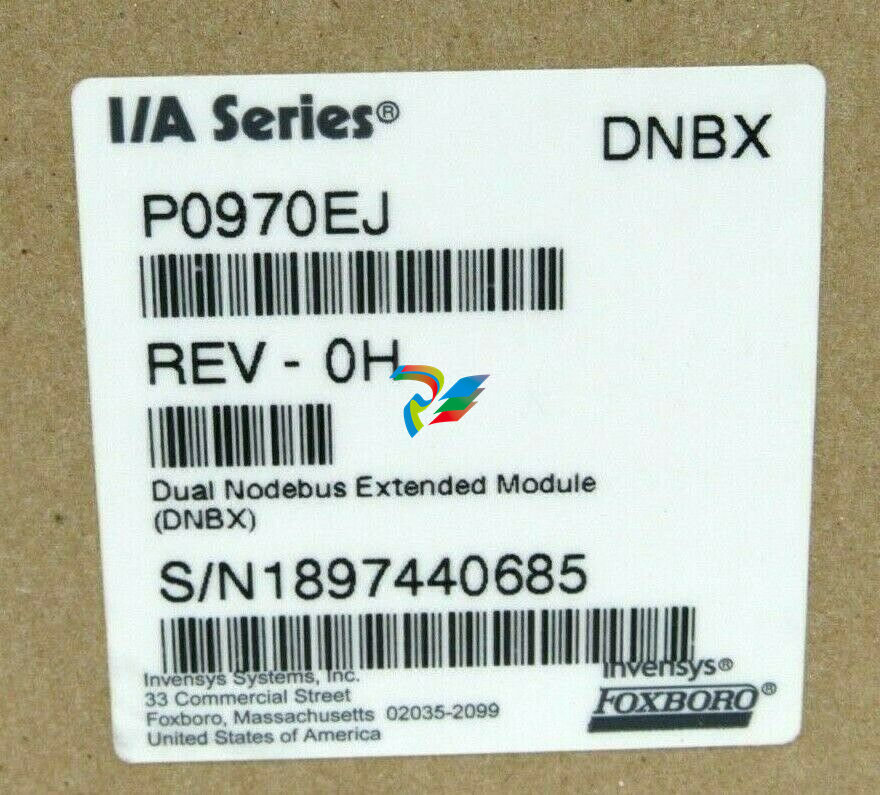
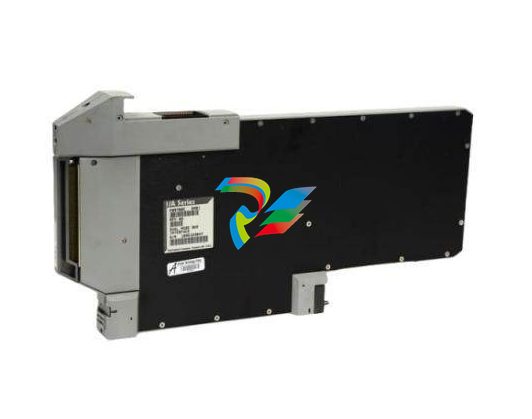
.jpg)
.jpg)
.jpg)
.jpg)
.jpg)
.jpg)

.jpg)

.jpg)
.jpg)
.jpg)

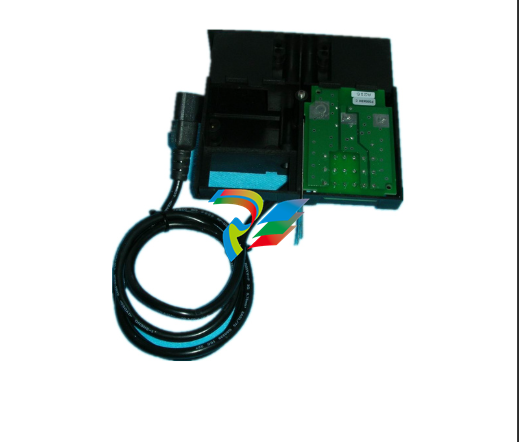



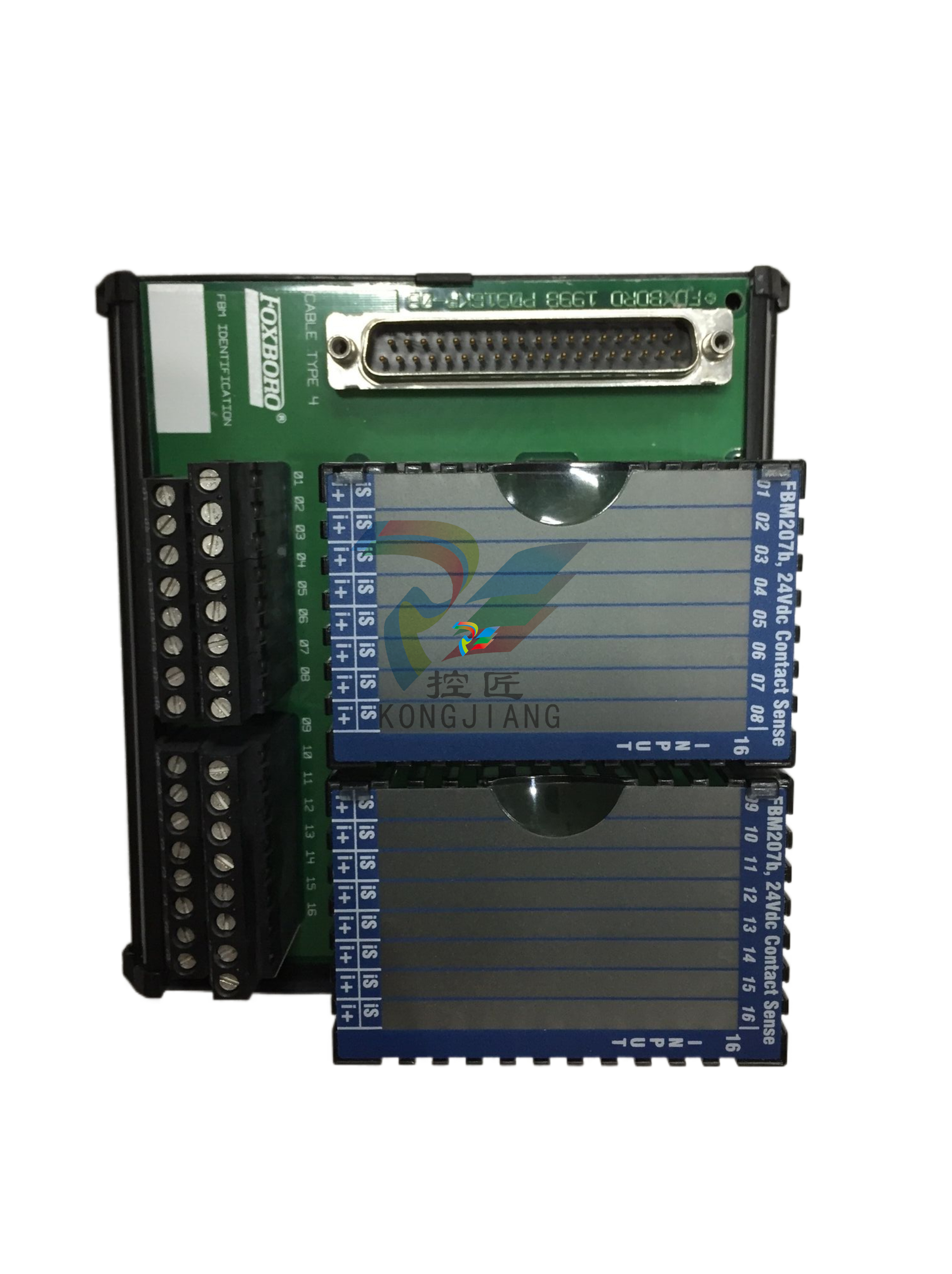
.jpg)
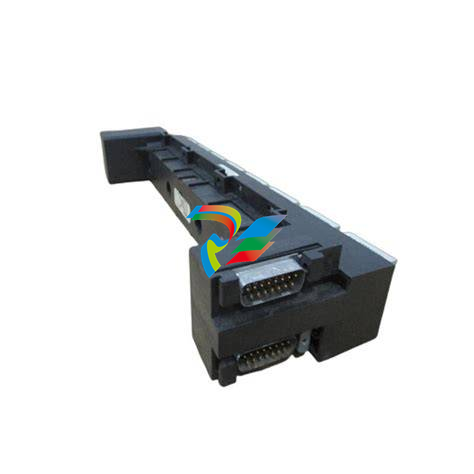

.jpg)


